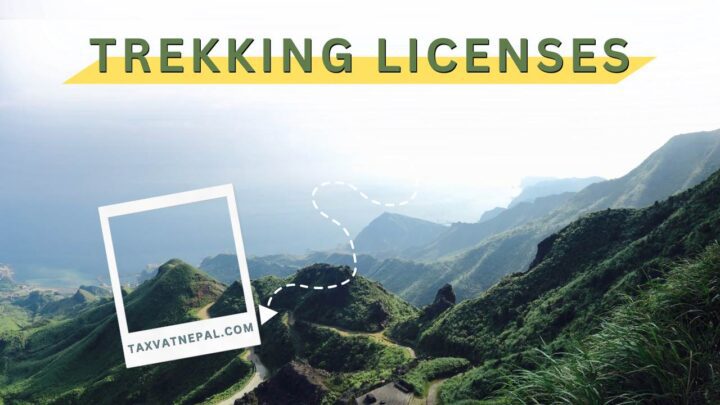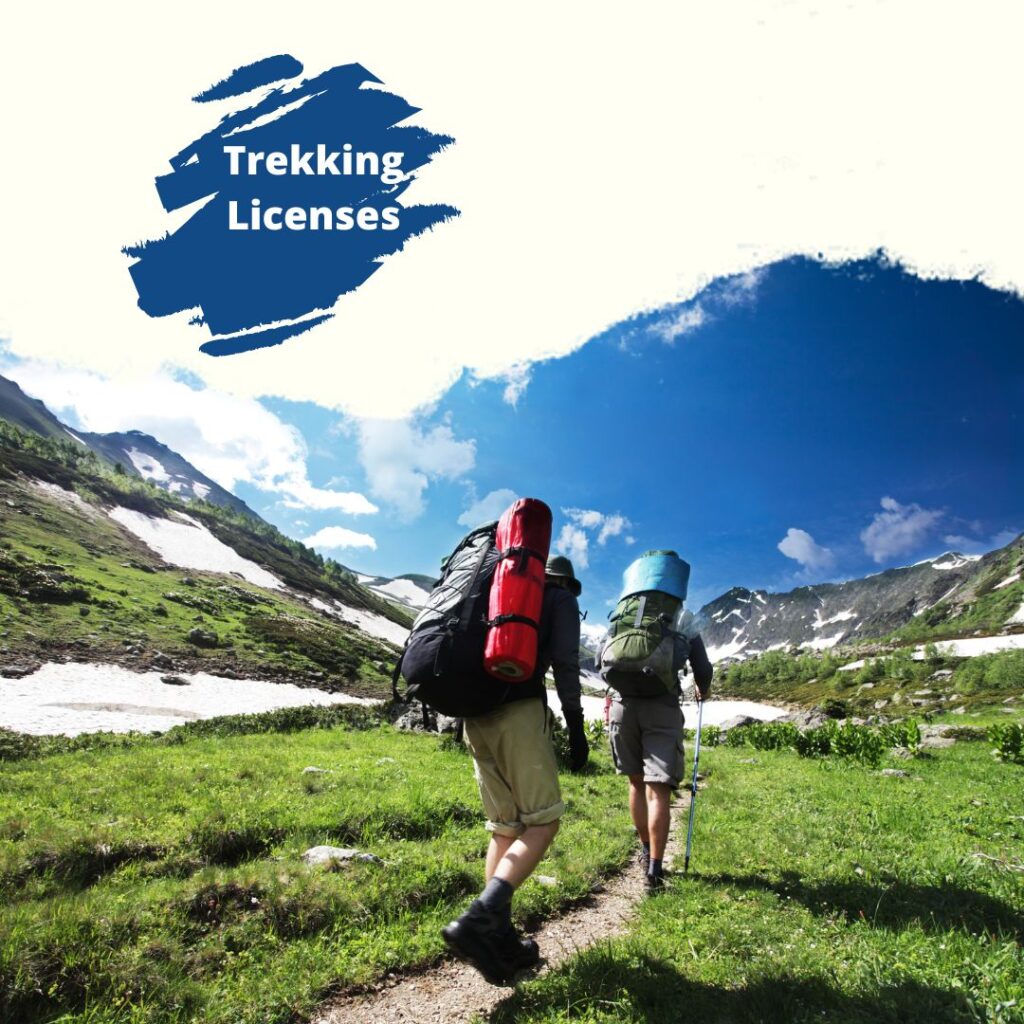
Registering a Tracking company in Nepal involves several steps, from choosing a business structure to obtaining necessary licenses. Here’s a brief guide:
Step 1: Choose a Business Structure
Decide whether to establish your trekking company as a Private Limited Company, Partnership, or another business entity. This decision affects registration, taxation, and legal requirements.
Step 2: Register the Company
Reserve your company name with the Office of Company Registrar (OCR) to ensure it is unique. Prepare and submit required documents, including the Memorandum of Association (MoA), Articles of Association (AoA), copies of citizenship certificates, and passport-sized photos of directors/shareholders. Complete the necessary forms and pay registration fees based on your company’s authorized capital. Upon approval, you will receive a Certificate of Incorporation.
Step 3: Register for PAN/VAT
Register for a Permanent Account Number (PAN) with the Inland Revenue Department (IRD) for tax purposes. If your business is eligible, also register for Value Added Tax (VAT) to comply with tax regulations.

Step 4: Obtain Trekking and Tourism Licenses
Apply for a trekking and tour operation license from the Ministry of Culture, Tourism, and Civil Aviation (MoCTCA). Submit documents such as the Certificate of Incorporation, PAN registration, business plan, and details about your trekking routes and safety measures. Obtain membership in the Trekking Agencies Association of Nepal (TAAN) and other relevant industry associations.
Step 5: Acquire Additional Permits
Depending on the trekking routes and services you offer, you may need additional permits from authorities such as the Department of Tourism and the Nepal Mountaineering Association (NMA). These permits are necessary for operating in national parks and conservation areas.
Step 6: Open a Bank Account
Open a bank account in the name of your company for financial transactions. This account will be used for managing business expenses, paying employees, and receiving client payments.
Step 7: Register with Local Authorities
Register your business with local authorities, such as the Municipality or Ward Office, to comply with local regulations and obtain necessary permits and registrations.
Step 8: Comply with Labor Laws
Register your employees with the Social Security Fund (SSF) and adhere to labor laws regarding employment contracts, salaries, benefits, and working conditions. Ensure that all employees, including guides and porters, are properly insured.
Step 9: Maintain Ongoing Compliance
Maintain accurate financial records and submit annual reports and tax returns to the IRD. Renew licenses and permits as required, and stay updated with any changes in regulations affecting the trekking industry.
Summary
- Choose a business structure.
- Register the company with OCR.
- Obtain PAN/VAT registration.
- Secure trekking and tourism licenses from MoCTCA.
- Acquire additional permits for specific trekking routes.
- Open a company bank account.
- Register with local authorities.
- Comply with labor laws and insure employees.
- Maintain ongoing compliance with financial and regulatory requirements.
This guide provides a brief overview; it is advisable to consult with a local legal or business advisor for detailed assistance and up-to-date information.
